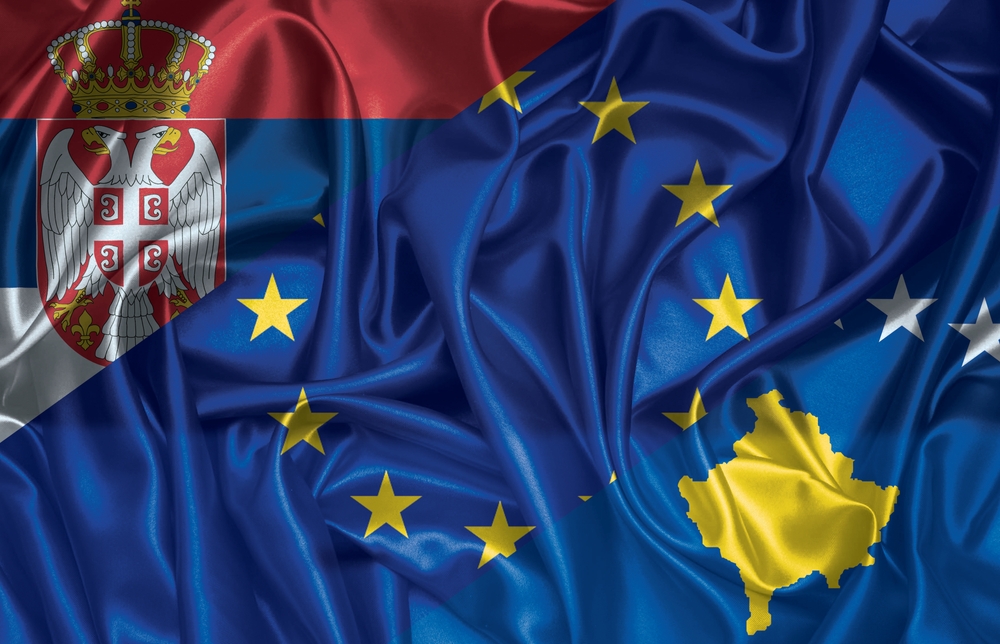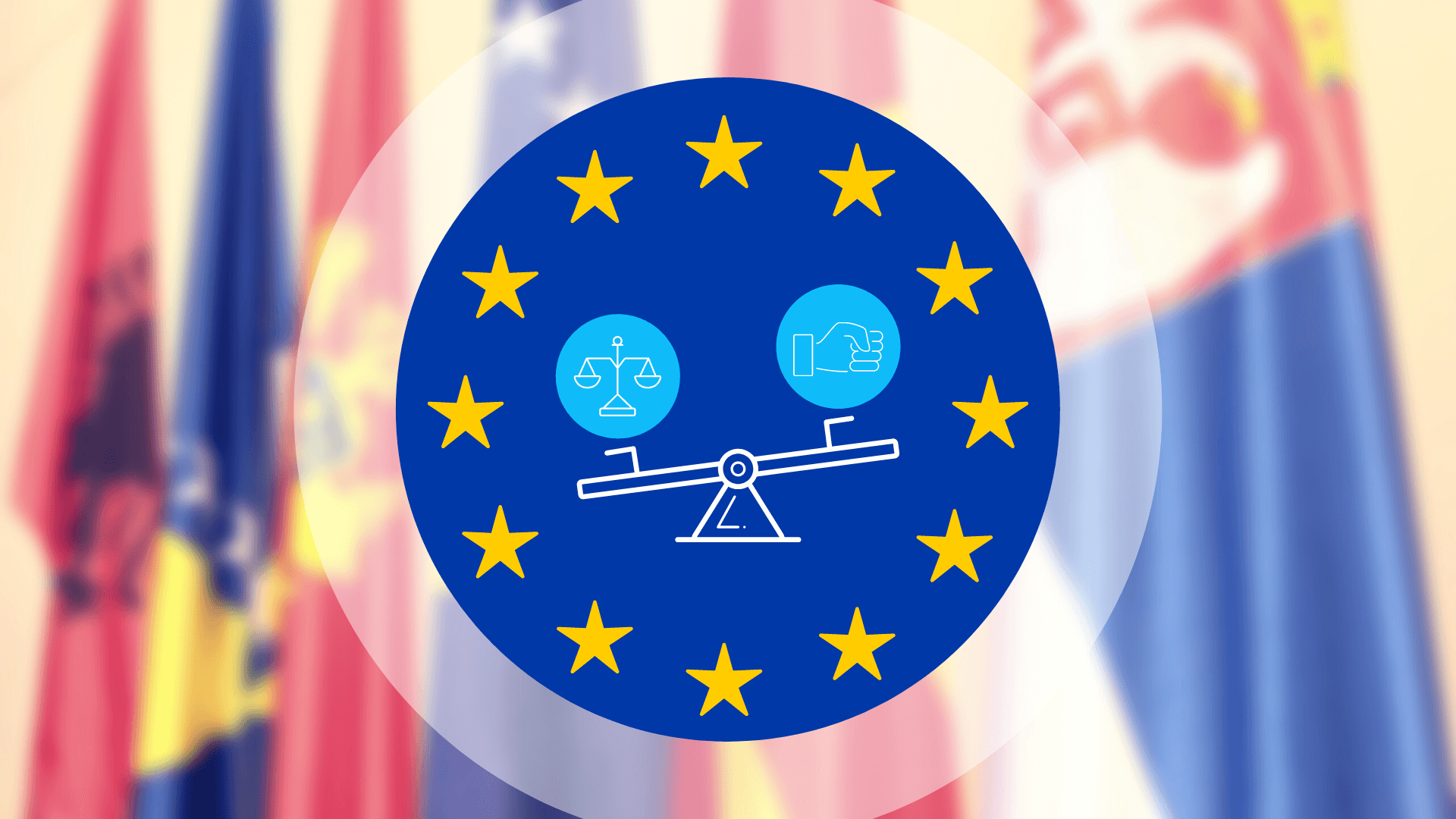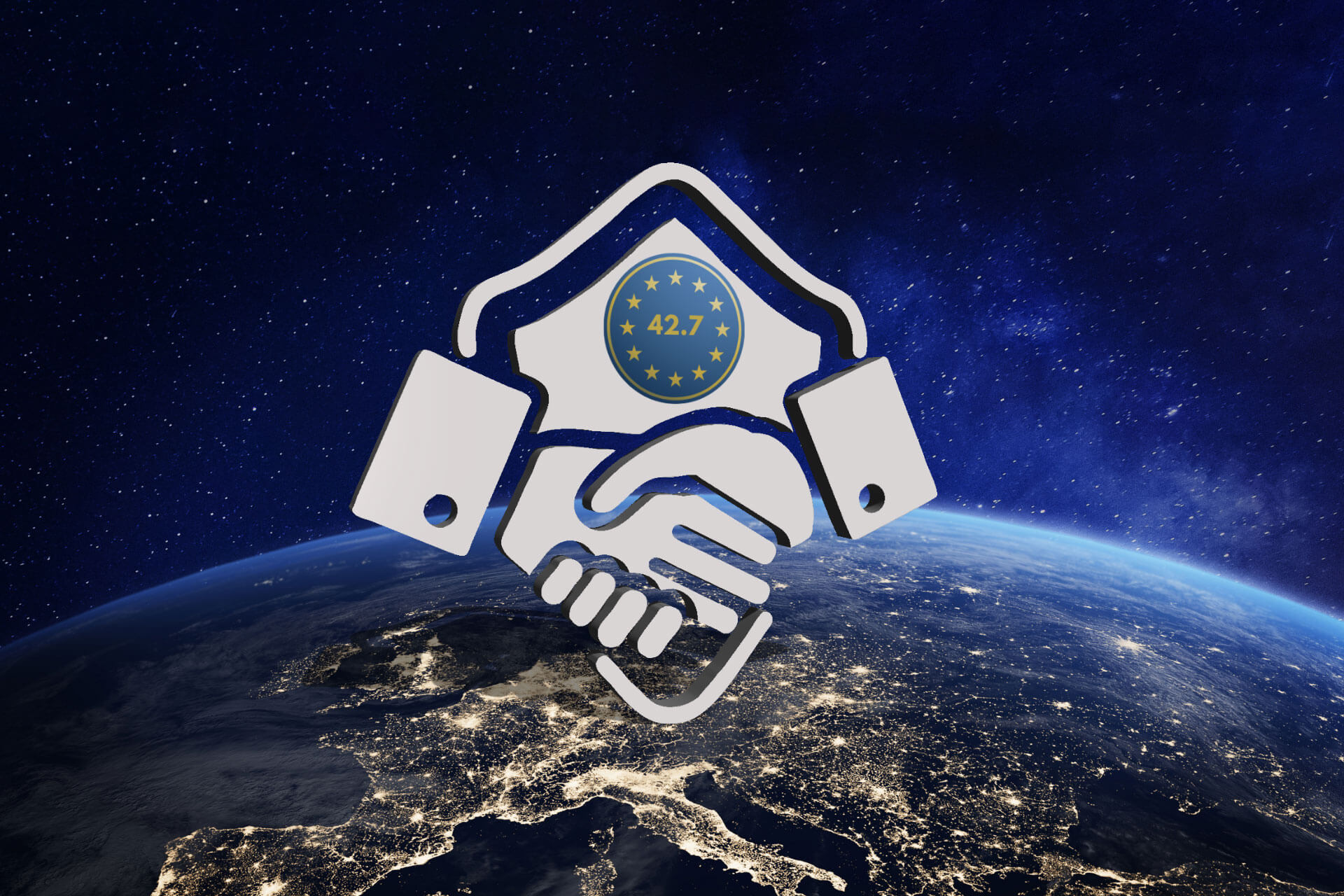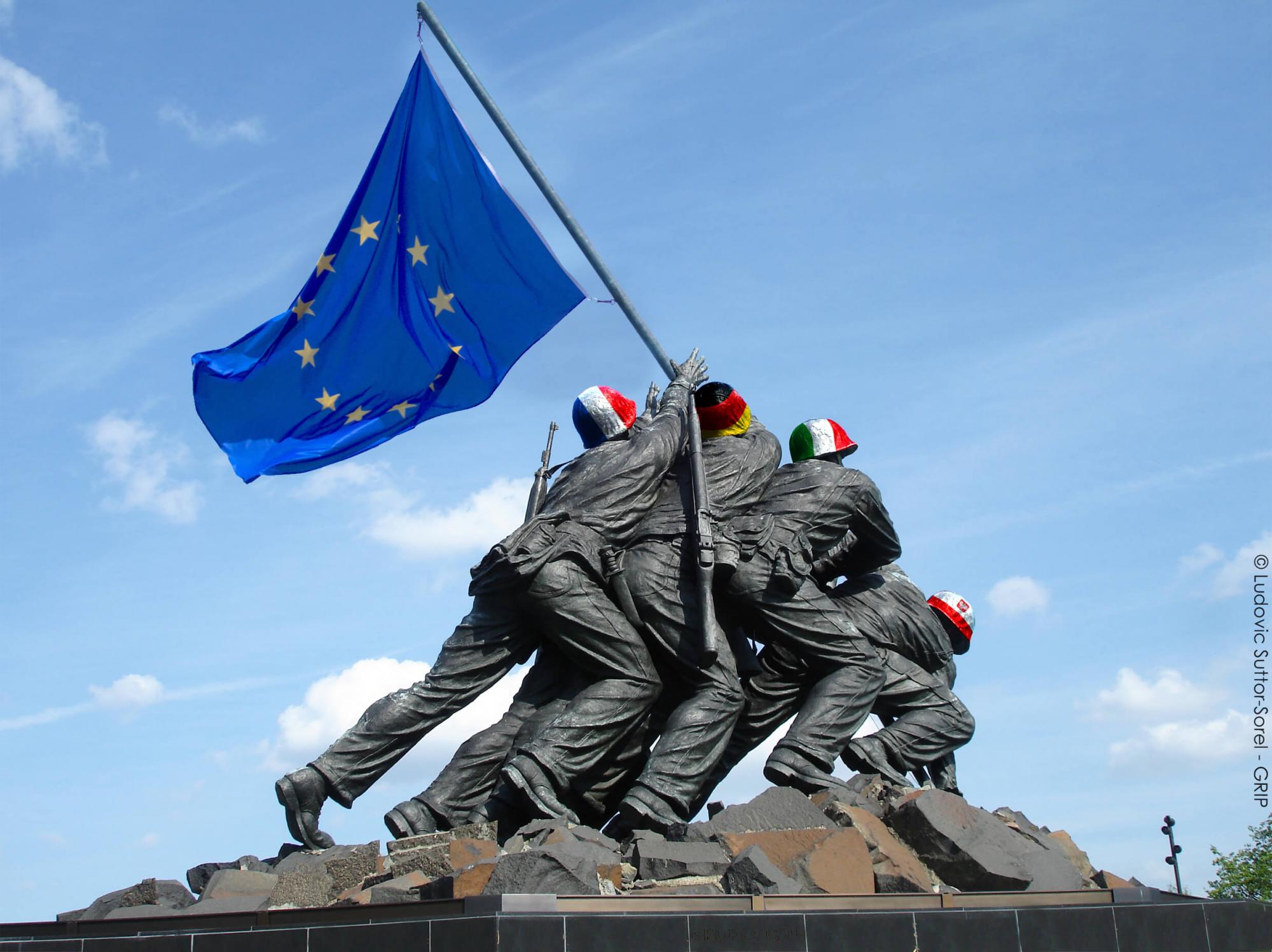The Promises and Perils of a Minimum Cyber Deterrence Posture
- Read more about The Promises and Perils of a Minimum Cyber Deterrence Posture
- Log in to post comments
Considerations for Small and Middle Powers
The emergence of cyberspace provides small and medium powers with a strategic weapons capability that historically has been beyond their reach. This report explores how this capability can become an indispensable tenet of the deterrence posture of small and medium powers. To this end, the promises and perils of minimum cyber deterrence are explored. The destructive cyber potential of these small and medium powers may be orders of magnitude less than that of the United States or a near-peer power, but some of these countries still possess a minimal deterrence capability that, much like the small nuclear arsenals of France, the UK and China, could inflict an unacceptable level of retaliatory punishment to deter potential aggressors, no matter their overwhelming technical superiority.
From the perspective of these nations, the report explores how this capability can be integrated into a broader operational framework and projected it into a Whole of Government deterrence posture. Even in states where some thinking has already taken place in this regard gaps remain, not just when it comes to cyber capabilities, but also, and more importantly, to the strategic culture and intelligence requirements that are needed to support this. This report offers insight into the cyber retaliation means and paths, their organizational requirements and considerations, as well as the political dilemmas many nations will face.
Download report
Authors
Louk Faesen, Tim Sweijs, Alexander Klimburg, Giulia Tesauro - The Hague Centre for Strategic Studies (HCSS)
Introductions by Martin Libicki, Michael Daniel, Herbert Lin and Erica Lonergan









